What varieties of bell peppers to give preference to?
Pepper can be found quite often in our household plots. Today, there are already a large number of both varieties and hybrids, and it is rather problematic to choose the most suitable varieties of bell pepper from them. In this article, we will consider the most popular and preferred types of this vegetable crop in terms of their qualities.
Content
Most popular varieties
Sweet bell pepper has a fairly wide range of its flavor characteristics, which allowed it to win its place on the table among people with different gastronomic preferences.
There are early, mid and late maturing species of this plant, and among each species there are the most popular varieties.
Early maturing species
Recognized early maturing varieties of bell peppers include:
- The apricot favorite is a short bush - about 50 cm. The fruits are not very large, weighing up to 100-120 g, have a conical shape. A characteristic feature is a consistently high yield;
- Tusk - forms the tallest bushes (up to 160 cm). Forms fruits of elongated or cylindrical shape of red color and weighing about 150 g. Walls are 8 mm thick. There is a very sweet taste and aromatic pulp;
- Big daddy is a compact bush. Forms thick-walled cylindrical fruits, the mass of which reaches 100 g. Their color is brown-red. It is characterized by high resistance to various kinds of diseases. Gives a stable harvest;
- Orange miracle - a tall bush - can reach up to 100 cm. Quite massive cuboid fruits and intense orange color are formed on the bush. Weight - 200-300 g. The walls are 6-7 mm thick. The taste is richly sweet;
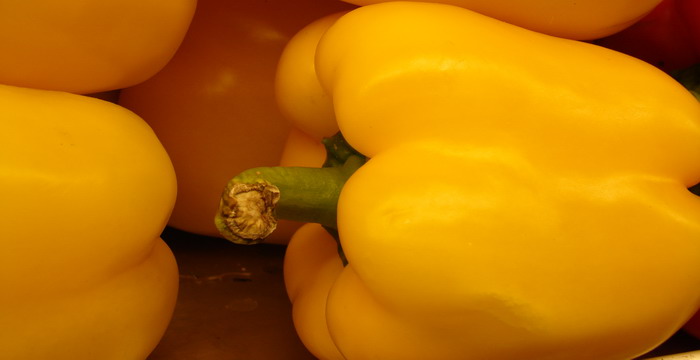
- Bugai is considered the earliest ripening variety. The bush is tall, reaching 60 cm. The fruits are bright yellow in color, massive (up to 500 g) and thick-walled (about 1 cm). The taste is ordinary;
- Health is also one of the earliest ripening species. The bush is high. About 15 fruits are formed on one bush. They are long and conical, weighing about 40 g, with walls 3-5 mm thick. Gives a stable harvest;
- Gingerbread man - a low bush, its height does not exceed 40 cm. Forms thick-walled and spherical fruits with a mass of about 100-150 g. Suitable for stuffing and preservation;
- Fat Baron - forms a spherical bush, the height of which can reach 50-60 cm. On the bush, on average, 8-9 bright red cuboid fruits and weighing about 300 g are formed. They are very sweet. The wall thickness is about 1 cm. It is advisable to sow seeds for seedlings in the first half of March, in which case they will have time to germinate into seedlings by the beginning of June;
- Tenderness - forms tall bushes. The fruits are cone-shaped, sweet and juicy, with a rather thin skin and a characteristic blunt top. They are quite large and red in color. Mainly grown in greenhouses;
- Topolin is a very fruitful species. Grown in the open field. Forms small fruits of a conical shape and bright red color. Great for lecho and stuffing;
Mid-season species
The mid-season varieties of bell peppers that are recognized as the best include:
- A gift from Moldova - it has a very high level of adaptability to any weather conditions, as well as to the degree of soil fertility. The gift from Moldova has proven itself well in various regions. The plant can grow up to 60 cm in height (no garter needed).The fruits are bright red and conical in shape. Their mass is, on average, 85 g. The walls, as a rule, are 7 mm thick. It is characterized by high productivity and high resistance to verticillary wilt;
- Lumina is a medium-sized bush (60 cm). Fruits in weight reach 100-110 g. They have a conical shape and bright red color. The pulp is very fragrant. Equally well suited for growing both indoors (hotbeds, greenhouses) and in open ground. Resistance to a number of diseases is noted. Well stored and transported;
- Poltava - bushes are very tall - 70 cm. Fruits are drooping, conical and dark red in color. Long-term fruiting. Refers to cold-resistant subspecies. Described resistance to top rot of fruits, scourge of plants, verticillary wilt;

- California miracle - the fruits are cuboid and bright red or deep yellow in color. Their weight is about 130-170 g, and the walls are 7 mm thick. Inherent resistance to verticillary wilt;
- Agapovsky - forms compact bushes with a large number of leaves. The fruits are usually cuboid. Their average weight is about 130 g, and the walls grow to a thickness of 7.5-8 mm. High degree of disease resistance. It is grown mainly in greenhouses;
- Atlant - the plant looks like tall bushes. Forms large red fruits. Their length is 18-20 cm, with a wall thickness of 8 to 10 mm;
- Cow's ear is a tall bush. The color of the fruit is red. They are elongated and large, weighing 200 g each. The walls are 6 to 8 mm thick. Good transportability has been reported for fruit.
Late maturing species
The best varieties of late-ripening bell peppers include:
- Bellflower - forms quite juicy and tasty fruits. High resistance to low temperatures is described. In care, it does not require abundant watering;
- Lisa - forms large and juicy fruits. Fruiting continues until early autumn;
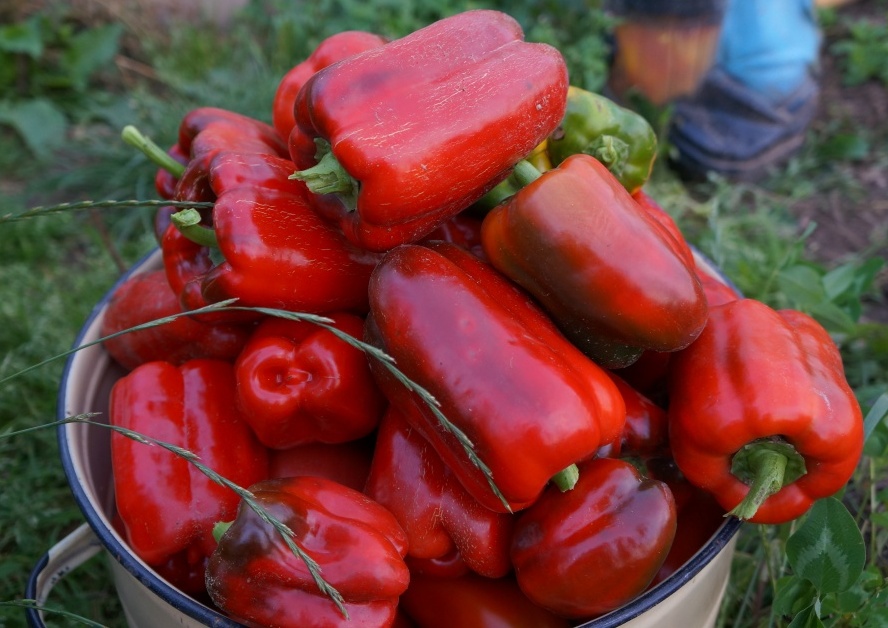
- Korenovsky - characterized by large, massive fruits, very aromatic and piquant in taste. There is a high threshold of resistance to many diseases. Doesn't require much attention during growth;
- Maxim - large and very juicy, as well as fragrant fruits are formed on the bush. Requires minimal maintenance.
The above are the most common species and this is not a complete list of all varieties that are preferable for cultivation, both indoors and outdoors.
Varieties for different climates
When choosing any variety, the conditions of its growth should be taken into account. They must be observed, because this is one of the main prerequisites for an excellent seedling from the seeds for further planting in open ground.
Consider the varieties of sweet peppers that are optimal for cultivation in the Moscow region. Early ripening varieties that will grow and bear fruit well in the Moscow region include: Orange miracle, Rhapsody, Semko, Fidelio, Buratino, Winnie the Pooh, Funtik, Atlantic, Agapovsky, Eroshka and Chardazh. All these varieties in a given natural and climatic zone will give excellent yields, while not requiring certain additional care in excess of what is necessary.
The subspecies of the average ripening period, suitable for growing in the climatic conditions of the Moscow region, include: Gift of Moldova, Golden Rain and Volzhanin. They, in terms of yield, are significantly inferior to early maturing species (about 6 kg from one m2) and produce medium-sized fruits (from 70 to 100 g).

However, these species are not at all suitable for cultivation in more severe climatic zones, for example, in Siberia or the Urals. Despite the rather harsh climate in these areas, it is possible to grow even such a plant that is quite unusual for these latitudes. But here you will need to make much more effort to care for this plant.It is much more difficult to get seedlings from seeds, it will be necessary to additionally cover it during cold periods, etc.
The types of sweet peppers of early maturity, which are well cultivated in Siberia, include the following types: Kolobok and Topolin. Both have weak growth properties and produce relatively large fruits.

Mid-season species suitable for these natural and climatic conditions include: Swallow, Firstborn of Siberia, Gift of Moldova, Victoria.
In the Urals, such varieties of peppers of an early ripening period as Montero, Edino, Selvia, Dobrynya Nikitich, Pertsev, Buratino, Kudesnik, Bulgarian, Sonata, Kubyshka Barguzin and Latino will grow well.
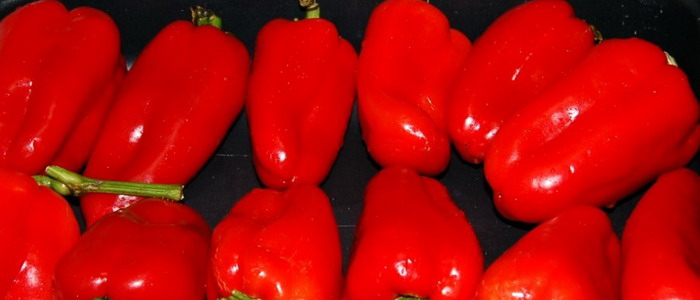
Mid-season varieties suitable for similar climatic conditions include: Alyosha Popovich, Aries, Gambler, Vityaz Agapovsky, Zorka,.
Diseases and pests of pepper
This plant is most susceptible to the following diseases:
- wilting or verticillosis is the causative agent of a fungus that lives in the soil and roots. Depending on their type, mushrooms provoke a brown, dwarf and green form of the disease. The fight against this disease involves the complete destruction of the infected plant at the end of the season;
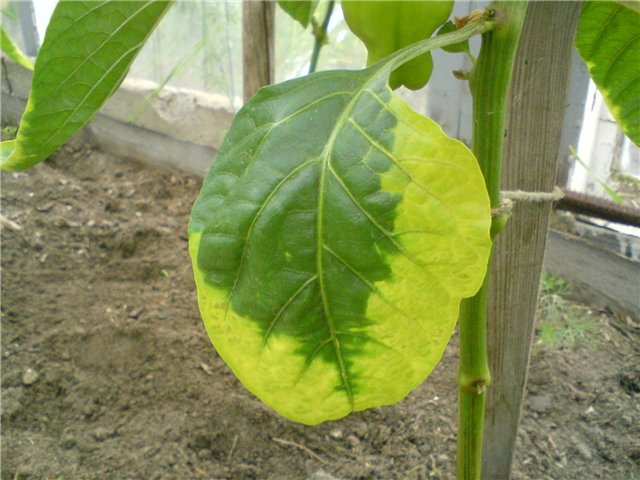
- phytoplasmosis or stolbur - manifested by the defeat (curling) of the leaves. The fruits become not tasty and small. The main control measure is chemical spraying.

Of the pests, the most dangerous for peppers are aphids, spider mites, naked slugs and the Colorado potato beetle. They are fought with by spraying the plant with pesticides.
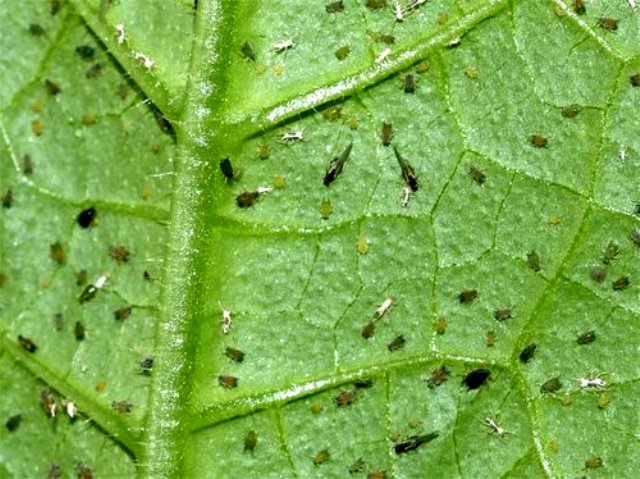
Timely prevention and control of pests and diseases is the key to a healthy bush and a good harvest.
When choosing varieties for breeding on your site, you need to navigate the main indicators of the best subspecies. Thanks to this, you can deservedly expect a plentiful and high-quality harvest.
Video "Variety of varieties of bell peppers"
This video will introduce you to some of the varieties of this vegetable crop.
